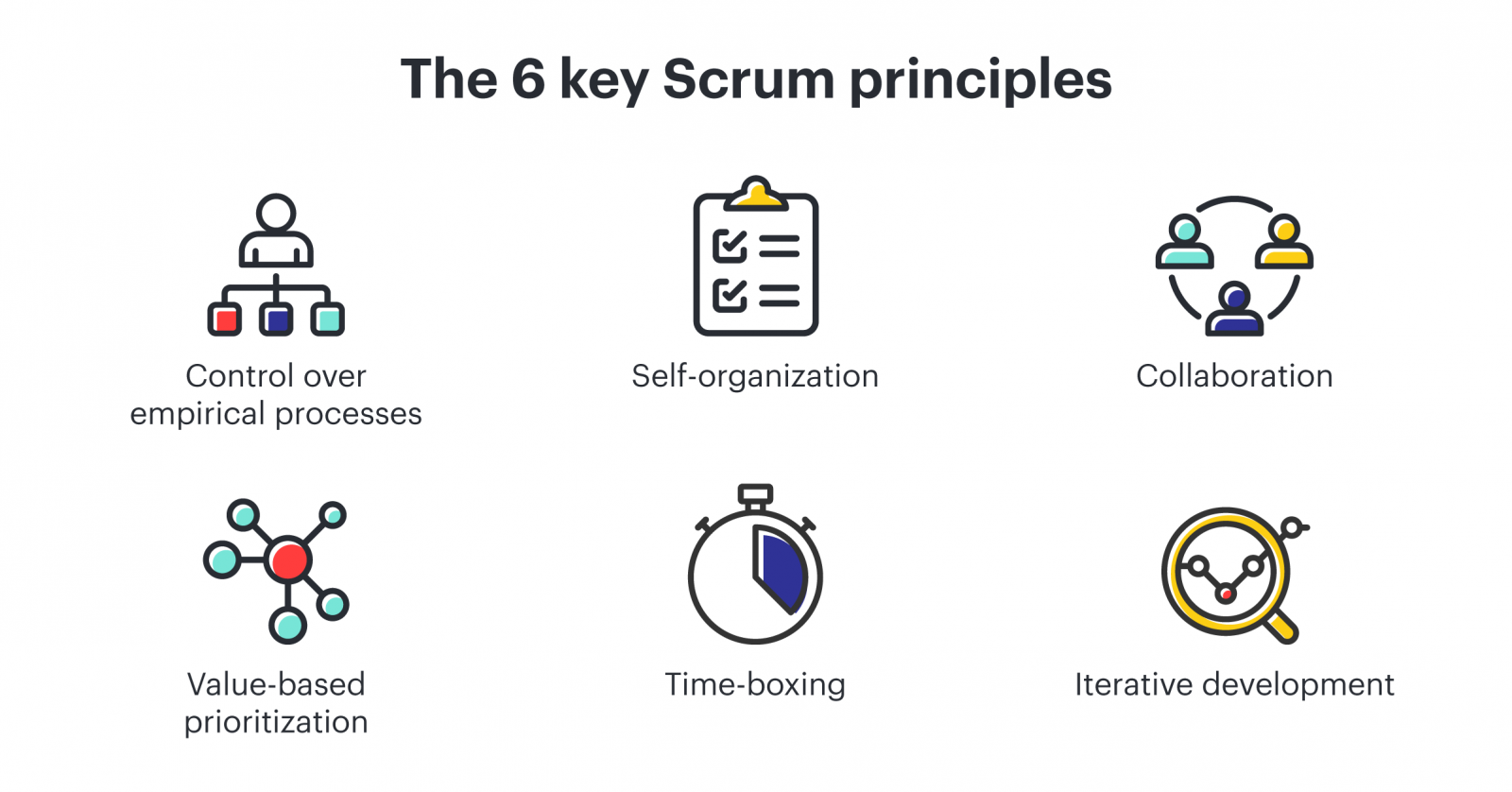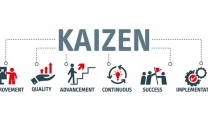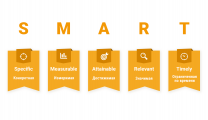I- General understanding of the Scrum model
1. What is the Scrum Model?
The Scrum model is a structure used to organize and manage the moving parts of a project. Originally designed for use in software development, Scrum is now used by organizations and project managers across all sectors.
This approach works well for smaller teams dealing with projects with variable deliverability, unknown solutions, and frequent interaction with customers or end users.
2. Benefits of the Scrum model
Implementing a new project management approach to your team will come with challenges, but Scrum offers many unique advantages that you can articulate to your team and stakeholders as you do it currently converted.
- Adaptability: Projects in the Agile, Scrum model involve frequent check-ins and updates, so if a project needs change, it won't stagnate for weeks before someone takes over. You should be able to identify an issue or needed change and get it turned around quickly without losing weeks of work. Plus, your project is constantly improving over its lifetime, rather than a few major change phases.
- Visibility: Stakeholders have the option to see a project's progress throughout its life—not just at certain intervals around the beginning, middle, and end. They feel more involved, as does the entire team, giving everyone the opportunity to collaborate and follow the project as it moves from start to finish.
- Cut costs: Adopting the Scrum methodology can be cost-effective for an organization, as it often requires less documentation and control.
- Increase customer satisfaction: When everyone on the team works to the best of their ability and continuously adjusts based on internal and external feedback, products and solutions that are loved by customers can be created.

II- The roles of the Scrum model
In this section, let's learn about the positions and roles of the Scrum methodology. Here are some key roles of the Scrum project management model that you need to know about:
1. Product Owner
Product owners are customer advocates and should keep stakeholders' best interests in mind while making sprints and prioritizing backlogs. The product owner's role is to guide the team and encourage open communication across all positions. A successful product owner is organized and available to answer questions and provide clarity throughout the life of the project.
2. Scrum master
The Scrum master model removes barriers and facilitates processing as needed to keep the sprint running smoothly. The main difference between a Scrum master and a traditional project manager is that the Scrum master does not give a step-by-step direction to the team. At the start of a project, the Scrum master and product owner meet to prioritize features and organize the sprint.
3. Development team
The remaining participants in Scrum are members of the development team who are tasked with implementing the delivered deliverables. Anyone credited with creating the product is on the development team, which includes programmers, designers, writers, and platform testers (also known as Quality Assurance (QA) specialists).
In Scrum, the development team is self-led and everyone works together to complete each sprint. The development team has to decide for themselves how to best complete the delivered deliverables. Once the roles have been defined and staffed, the product owner and Scrum master will hold a series of planning meetings to define project features.
III- Steps to build a project with the Scrum model
The Scrum methodology is a certain number of steps. By doing them, you will start your Scrum project, manage it the right way, and finish it on time. Take a look at these steps.
Step 1. Build the Scrum Team
The structure of Scrum teams is significantly different from that of traditional development teams. You won't find any traditional roles in it. There are no architects or project managers in Scrum. Instead, the Scrum team consists of only three main roles: Product Owner, Team, and Scrum Master. Typically, they can be defined as:
- Client or his agent
- Operational and project management team
- The person who tries to make the work of the team more effective
The main characteristic of all Scrum teams is that they are self-organizing. This means that such groups do not require a project manager or any other formal leader. They can do their job without strict management.
Step 2. Prepare to run a project
The Scrum project management process requires a lot of preparation. First of all, it should be mentioned that all end product requirements in Scrum projects are built directly by the end user. At the preparation stage, the Scrum team asks them to tell their stories. The user story is really how the user sees the end product. They are collected by the Product Owner and included in the product backlog.
All user stories must then be analyzed and prioritized in the backlog in accordance with their importance to the final product. The stories are then broken down into smaller pieces that form the sprint backlog. If your business is implementing a business project, it is impossible to ignore the b2b sales process to help increase sales efficiency quickly and easily.
Step 3. Sprint Planning and Execution
Sprint planning begins once the initial product backlog has been formed. Unlike traditional software development methods, the Scrum method makes it possible to change the product backlog in the process. After the sprint backlog is formed, the Scrum team turns it into a number of tasks for this sprint. This process is usually part of a sprint planning meeting that is conducted at the beginning of each sprint and defines its key tasks and goals.
Once all the sprint goals are set and all the tasks are defined, the Scrum team begins its work in the sprint. During this process, the team conducts daily meetings (Daily Scorecards) to view work progress and identify the strengths and weaknesses of the work process. After all work on the sprint tasks and goals is completed, the Scrum team conducts a final meeting, to summarize all progress and discuss with the Product Owner.
Step 4. Get the job done
Finally, at the end of the sprint and the intermediate product discussion with the Product Owner, the Scrum team must conduct a retrospective meeting. The primary goal of these meetings is to determine what went right during the sprint and what needs improvement. After doing a flashback, the team started a new sprint.
Thus, the content of the above article introduced users to the benefits and role of the Scrum model in project management. It can be seen that applying the Scrum model will help us change our thinking and increase our productivity in the most effective way.












Replies to This Discussion